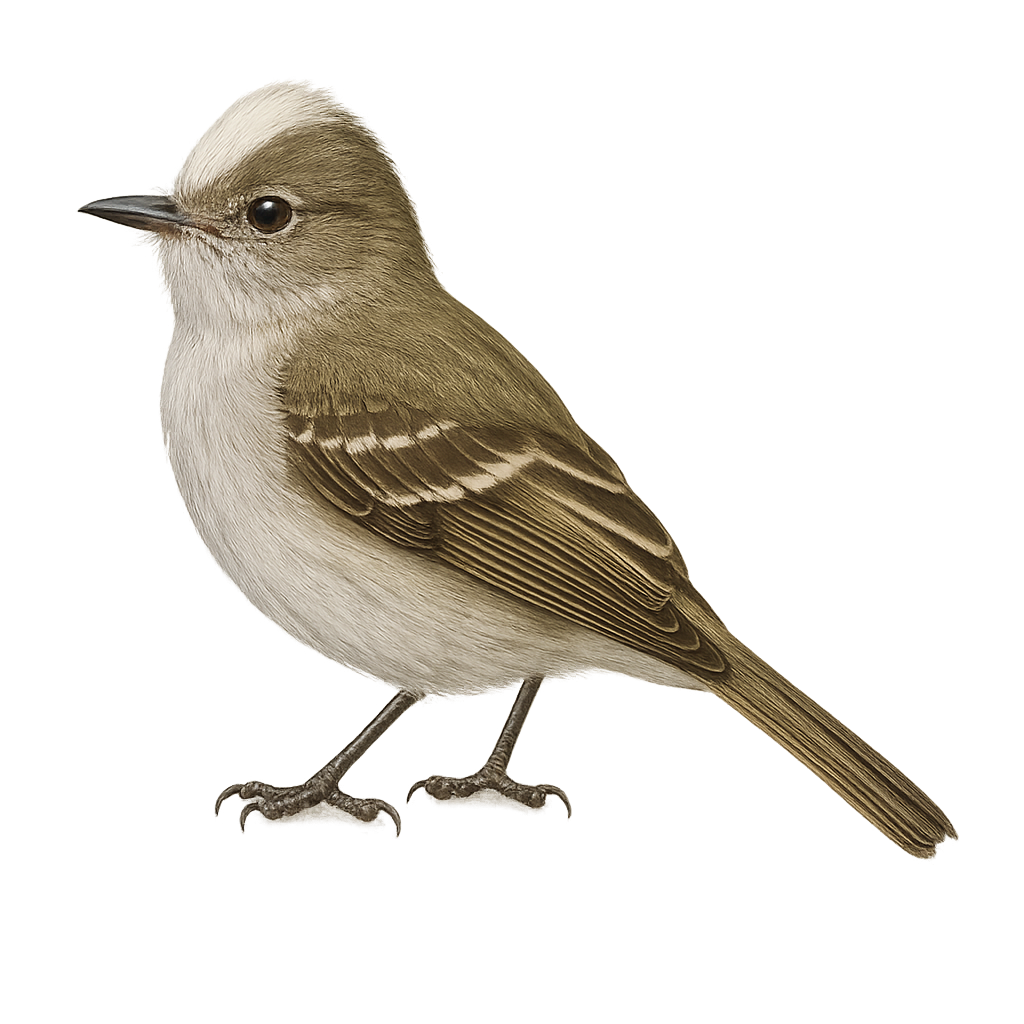Your wildlife photography guide.
Explore the white-crested elaenia in detail, study its behavior, prepare your shots.
Where to observe and photograph the white-crested elaenia in the wild
Learn where and when to spot the white-crested elaenia in the wild, how to identify the species based on distinctive features, and what natural environments it inhabits. The WildlifePhotographer app offers tailored photography tips that reflect the white-crested elaenia’s behavior, helping you capture better wildlife images. Explore the full species profile for key information including description, habitat, active periods, and approach techniques.
White-crested Elaenia
Scientific name: Elaenia albiceps

IUCN Status: Least Concern
Family: TYRANNIDAE
Group: Birds
Sensitivity to human approach: Suspicious
Minimum approach distance: 10 m
Courtship display: October to December
Incubation: 14-16 jours
Hatchings: October to January
Habitat:
Tropical forests, shrublands, forest edges
Activity period :
Primarily active during the day, with peak activity in the morning and late afternoon.
Identification and description:
The White-crested Elaenia is a small passerine bird belonging to the Tyrannidae family. It is recognizable by its distinctive white crest on the head, contrasting with its gray-green plumage. This bird is widely distributed in South America, inhabiting various environments from tropical forests to shrublands. Known for its melodious voice and varied songs, the elaenia primarily feeds on insects and fruits, which it captures in flight or by foraging through foliage. It is often observed in small groups or pairs, especially during the breeding season. Its adaptability to different environments makes it a resilient species, although some populations may be affected by deforestation.
Recommended lens:
400 mm – adjust based on distance, desired framing (portrait or habitat), and approach conditions.
Photography tips:
To photograph the White-crested Elaenia, it is advisable to use a telephoto lens of at least 400mm to capture detailed images without disturbing the bird. Look for areas where the bird is active, such as forest edges or shrublands. Be patient and discreet, as although the elaenia is suspicious, it may get used to your presence if you remain still. Take advantage of the early morning or late afternoon hours to benefit from soft, natural light that will highlight the details of its plumage.
The WildlifePhotographer App is coming soon!
Be the first to explore the best nature spots, track rutting seasons, log your observations, and observe more wildlife.
Already 1 431 wildlife lovers subscribed worldwide

